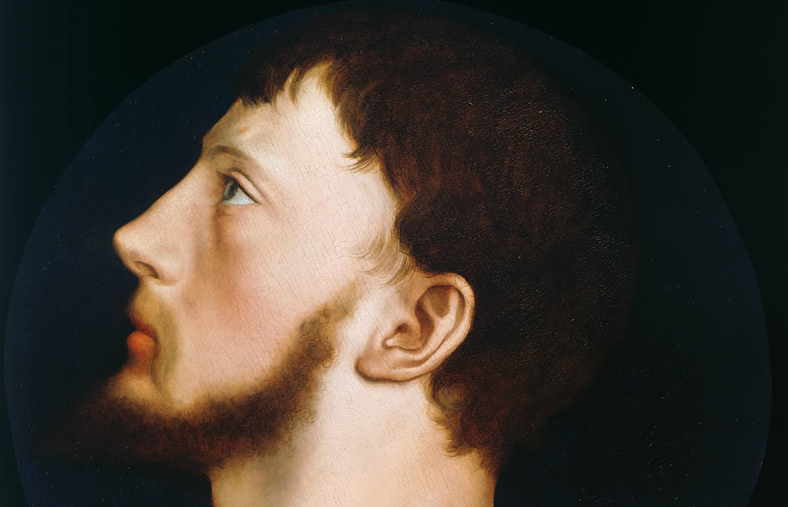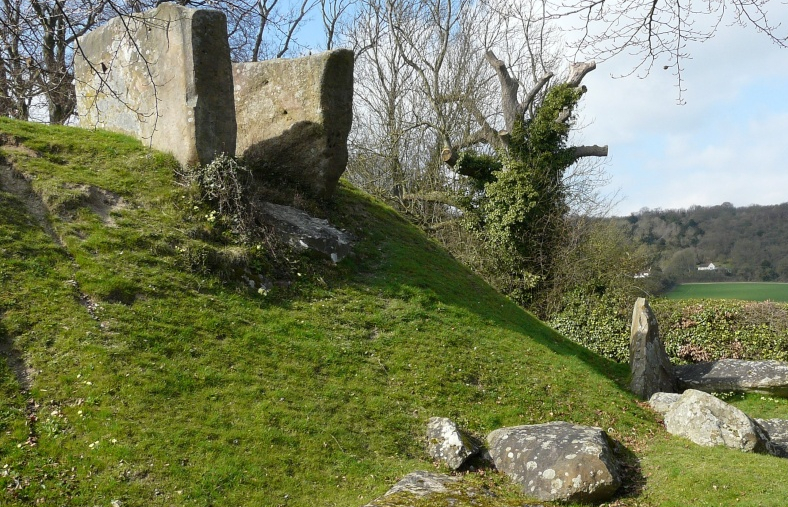The Historic Village of Wrotham
The Bull is a cosy coaching inn established all the way back in 1385 (over 600 years ago!) In this time, The Bull has seen all sorts of people come and go.
Wrotham has experienced quite a lot for such a small and quaint village. From Roman occupation to Tudor rebellions, the village itself has seen a lot, being so close to London, but what about here at The Bull?
World War Two
The Bull Hotel was a frequent destination for a number of World War Two fighter pilots coming from the nearby bases of Biggin Hill and West Malling. They would celebrate their victories here and stamps were put on the ceiling to mark each enemy plane downed. There was also a supposed incident where a female officer stamped her boot into the ceiling!
World War Two posters and memorabilia adorn the walls of The Bull. It’s our way of honouring our history and saying thank you to the brave pilots who fought in the Battle of Britain.
The Story of Colonel Shadwell
On June 1st 1799 Colonel Shadwell and his servant, John Self, travelled ‘from Lewisham’ to Wrotham, where they stopped to refresh their horses. It was here they came across two men by the names of Keating and Keggan.
Colonel Shadwell asked them “Well my lads, where do you come from?”
They replied that they had come from Maidstone and were going to London.
“What commanding Officer did you see at Maidstone?” asked Shadwell.
“Captain Nevil” replied Keating and Keggan
The Colonel replied there was no such Officer there, he suggested they meant Capt. Skeen. They replied yes, that was the name they meant. The Colonel then asked to see their pass.
Keating said “Come here, and we’ll show you our pass.”
On that word the Colonel sprung forwards, and the two men tried to leave. The Colonel put his hand out and tried to catch Keggan, when Keating turned around, took out his pistol and shot the Colonel instantly. The Colonel turned to John Self and told him
“John, i am shot.”
Less than a minute later he was dead. He had five wounds, and was shot through the heart. The prisoners made off holding pistols, but were pursued, they were caught up with about a quarter of a mile away. Keggan surrendered, but Keating didn’t give up, until one of the pursuers shot and wounded him.
Lieutenant Vere Ward, of the 17th Light Dragoons, proved that the prisoners both had deserted from that Regiment on the 31st of May. They had come from the encampment at Coxheath, where they had been part of the Volunteer Brigade called into service because of the threat of a Napoleonic invasion.
Philip Keating and John Keggan were tried for the wilful murder of Colonel Peter Shadwell at Maidstone, July 18th, 1799. The Jury found Keating ‘Guilty’ and Keggan ‘Not Guilty’. Keating was then hanged at Penenden Heath on 20th July 1799.
Smugglers
The Bull, much like other pubs and inns in the South East, has many links to smuggling activity in the days of old.
As it turns out, Colonel Shadwell was actually the leader of a gang of smugglers. They had used ‘The Bull Inn’, owned by Shadwell’s brother, Jeremiah Shadwell, as their headquarters. Wrotham was used by the gang as a staging point for contraband brought in from the coast. It is believed that Jeremiah must have been deeply involved with the operation, as he quickly left The Bull after his brother was shot.
Over 30 years before Shadwell’s death, three unrelated smugglers were fired upon at Fishermans wharf in Gravesend on the 6th October 1761. During this shooting, William Styant was mortally wounded. His companions carried him to Wrotham Heath where he was found to have died from his wounds. Leaving the body of their friend on the Heath the other two smugglers made their way to Wrotham, where they took refreshment at the Bull Inn. However a party of dragoons following close behind discovered Styant’s body and went to the Bull, arresting the two smugglers, who were called Hide and Stanford. They were later sent for trial at Maidstone and eventually hung on Penenden Heath.

The Battle of Wrotham
Only a couple of miles from The Bull was the site of an important battle in the failed Wyatt Rebellion of 1554. It was on Blacksoll Field, near Wrotham Hill, that the battle took place, resulting in the crippling and scattering of Wyatt’s forces from the skirmish with Lord Abergavenny’s forces.

Coldrum Longbarrow
The nearby Coldrum Longbarrow is a strange formation of rocks dating back thousands of years. It is rumoured to be older than Stonehenge itself! Coldrum may have been an ancient funeral chambers, but the stones are no longer in their original positions, so it is impossible to tell.
